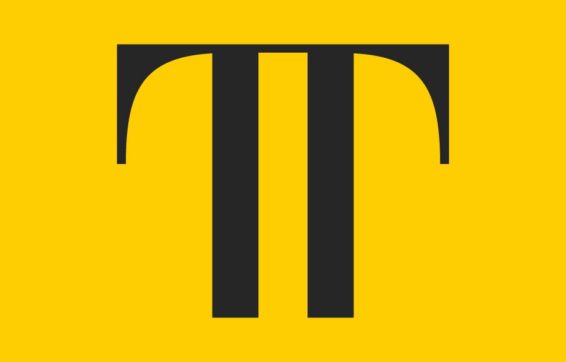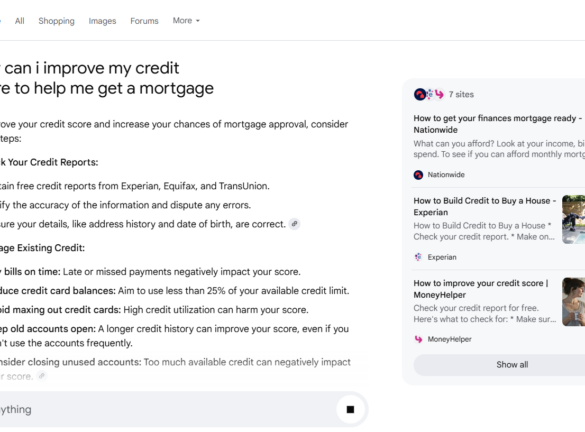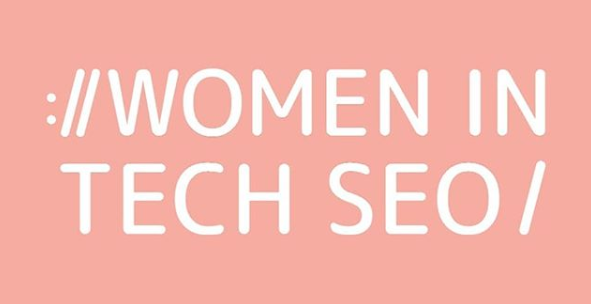
Women in Tech SEO – September Meet-Up
Tuesday evening, early September. No fewer than five ladies from the SEO department at ROAST strode into WeWork Eastcheap, ready to get technical.
Only the third Women in Tech SEO event, we were blown away by the pace at which this community has grown. More than 60 of us came together to share ideas and experiences in the field of Technical SEO, with talks held by three fantastic speakers: Paola Didone, Rachel Costello, and Briony Gunson. Enormous thanks go to WTS founder Areej AbuAli, as well as Distilled for generously hosting us all.
“The Different Faces of Keyword Research”
Paola Didone – SEO Analyst at Distilled – @latenitebird
It’s the stuff of nightmares: you’re confident in your keyword research, but it somehow missed the mark. What could have gone wrong?!
Paola came to deliver the following foundation stones of effective keyword research and content planning.
- Discuss the tone of voice you will be aiming for in the content piece.
- Establish who the target audience is.
- Know what you need to about the industry.
- Find out what type of page it should be.
- Ask who the client views as competitors and check them out.
All this need not be rocket science – ask your client for this essential intel before executing your keyword research with customary skill.
Always ask your client WHO they are targeting.
The above points help you understand a key aspect of your research:
Why is the user searching the way they are?
This helps you create properly angled keyword research and content that users will love.
What type of awareness does your client expect to increase?
Reach beyond the standard answer of “traffic and conversions”. Excellent keyword research and content creation can lead to improved sales, without overloading your site and potential customers with commercial pages.
This is through content that builds awareness and trust for your brand, such as:
- Whitepapers
- Case studies
- Blog posts
- Guides
Check the SERP for your keyword
Keywords with only a one-word difference could have completely different intentions behind the search! Paula used the example of “women’s climbing shoes” versus “best women’s climbing shoes”:
“Women’s climbing shoes” – the SERP is 85% commercial – product pages, where the user can buy climbing shoes for women.
“Best women’s climbing shoes” – the SERP is made up of content pages, where the user can read guides comparing different models and makes.
So: check the SERP before optimising the page. This is the easiest way to establish the intent of users searching for your keyword. What pages are ranking? Are they content or commercial?
Observe and adapt – if the page you’re working on is commercial but your targeted keyword returns only content pages, go back to your research and find an alternative that returns other product pages.
Key takeaway: the obvious choice of keyword to rank for may not be right for your client and their customers.
“The Future of Technical SEO”
Rachel Costello – Technical SEO at DeepCrawl – @rachelcostello
Rachel hails from DeepCrawl and brings us crucial advice not only on technical advances within programming and SEO, but also our wider role in the digital ecosystem.
On the agenda:
- New web technologies impacting SEO
- Making your pages crawlable and accessible, for users and search engines, including when using new web technologies.
- Bridging the knowledge and communication gap between SEOs and developers for greater success
Case 1: JavaScript and SEO
It delivers pioneering functionality for devs, but all too often a headache for SEOs. How can we ensure that search engines successfully crawl and index your client’s JavaScript?
- Crucial content accessed through JavaScript should be also held in the HTML.
The user shouldn’t need to render to see a decent page standard.
- Implement server-side or pre-rending for improved link discovery.
There is never a guarantee that search engines can or will render your JavaScript – rendering is time-consuming and expensive!
- Prioritise resources for rending
Optimise the critical rendering path by marking which page elements go first – get that hero rendered.
- Compare your source code to your rendered code.
Rachel recommends using Diffchecker to compare how a page’s content changes after it’s been rendered.
Case 2: Progressive Web Apps and SEO
PWAs offer myriad benefits to users – enhanced function, a sleek user experience and lightning fast reactivity to name a few. One spanner in the works – search engines can’t interact like users so you need to take precautions to ensure your content gets crawled!
- Use clean <a> links to make sure your links are discovered.
- Use schema markup for key elements.
- Ensure crucial resources aren’t blocked in robots.txt.
- Check that output code contains the content you want to rank with.
And, Rachel says it louder for the people in the back:
- Make all key content accessible in the HTML too.
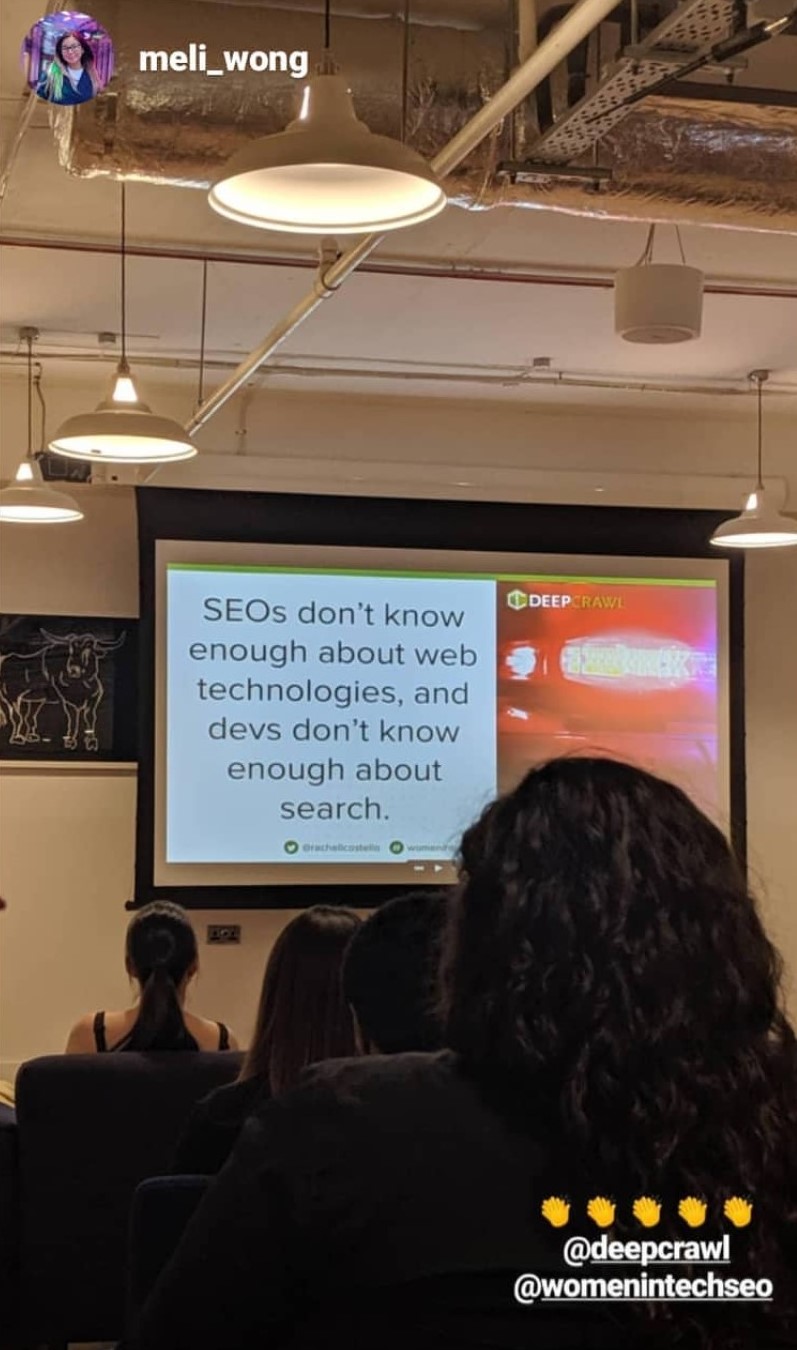
Breaking News – Talk to your devs
Start conversations with your dev team. Learn exactly what is possible for your website. Get to know standard web development terms such as the following, best of all by chatting with the very developers who may implement them for you:
-
- Code splitting
- Compression
- Minification
- Asynchronous loading
- Concatenation
- Dynamic imports
- Resource hints
- Progressive enhancements
- Graceful degradation
- Defer loading
- Preload
- Prefetch
Your Tasklist:
- Get familiar with dev terms.
- Stay in the loop with new developments.
- SEOs are middle-(wo)men. Know both sides of the bridge.
- Expose yourself to the dev world: follow devs on Twitter, use dev.to, attend conferences such as the Chrome Dev Summit or Google I/O.
- Listen to podcasts – Rachel recommends Ladybug Podcast
“How to thrive at work – productivity through mindset mastery”
Briony Gunson – Mindset Coach and Digital Freelancer – @BrionyGunson
Briony spent 9 years working in Digital, before going on a journey that started with tackling workplace stress and continues today with her work as Operations Director by day, meditation teacher by night.
Wellbeing and productivity are closely associated, a relationship that is increasingly gaining attention in the modern world of work.
We were introduced to some of the factors that influence our mindset, and how we can harness this understanding to reap rewards in work and throughout our lives.
Mindset is broadly influenced by:
- Resources
- Emotions
- Awareness
Resources refer to the emotional, mental, and physical leeway you have available in any given moment. When your resources are plentiful – you’re low on stress, well-rested, and feeling fresh – you have much more ability to handle any challenges that come your way. This room for resilience is known in some fields as your Window of Tolerance.
When you have less resource, it comprises your mindset by narrowing your window of tolerance.
To bolster your resources, Briony recommends:
- Asking – who or what energises you? What drains you?
- Thinking about what you love doing – and doing them more.
- Run an audit on your daily routine!
What are your healthier habits, where could you improve?
Emotions
Learn to recognise the difference between your emotions and your feelings. Emotions can be seen as your physical state during a situation, for example: the increased heart rate and flushed face that you may experience alongside the feeling mildly described as tube rage induced by a neighbour’s warm tuna sandwich.
Feelings are how you think of those emotions – tube rage is a feeling. You can handle the rise in emotion that begins with the drawing of the sandwich by not labelling your response as annoyance, and avoiding escalating to tube rage. Instead, you feel annoyed but then again, maybe they are starving, and it’s only fish molecules in your smell receptors, and it could be worse, it could be egg mayo.
Awareness
‘Where attention goes, energy flows’
‘Neurons that fire together, wire together’
Two lovely rhymes that reinforce Briony’s message – Your attention is like a spotlight.
We can channel our attention and energy into productive tasks, at work and home, by staying present and aware:
- Check in – to body and mind
- Avoid multitasking
- Try meditating
All these prevent getting stuck in habitual behaviours such as reactive, repetitive thinking. Instead, harnessing your mindset encourages original, innovative responses and the acceptance of challenges. Just what an SEO needs.
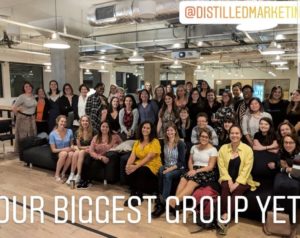
As you can see, it was an evening of insight and wisdom among inspiring company. Women in Tech SEO – we’ll see you next time.
Find WTS here:
Instagram
Facebook
Twitter
Meetup
womenintechseo.com


